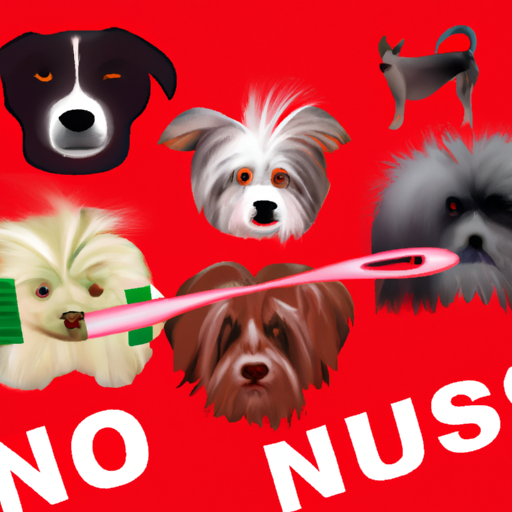As a caregiver, one of the biggest challenges you might face when considering a pet for your loved ones is managing pet hair. Many dogs shed their fur, which can be a hassle to clean up and can trigger allergies. Today, we explore the world of dog breeds that do not shed. These are breeds that are known for their hypoallergenic properties and minimal shedding, making them perfect companions for a tidy home and allergy sufferers.
Key Takeaways:
* Not all dogs shed heavily – some breeds are known for their minimal shedding.
* These breeds are more suitable for allergy sufferers and those who want to keep their homes tidy.
* Remember that no breed is 100% hypoallergenic, but some come close.
Table of Contents:
- Understanding Dog Shedding
- Top Dog Breeds That Do Not Shed
- The Role of Grooming in Shedding
- Common Myths About Non-Shedding Dogs
- FAQ
Understanding Dog Shedding
Dog shedding is a normal process where dogs lose old or damaged fur. The frequency and amount of shedding often depend on their health and breed. Some dogs shed hair all year round, while others only during certain seasons. If you are interested in minimizing the amount of pet hair in your home, understanding which breeds shed less is crucial.
Top Dog Breeds That Do Not Shed
Here’s a look at the top dog breeds that are known for minimal shedding.
-
Poodles: Poodles of all sizes – standard, miniature, and toy – are known for their curly hair that barely sheds. They are also one of the most intelligent breeds, making them easy to train.
-
Bichon Frise: This small breed has a fluffy white coat that resembles a poodle’s. They are known for their playful and affectionate nature.
-
Shih Tzu: Shih Tzus have long, silky hair that sheds very little. They are friendly and outgoing, making them great companions.
-
Maltese: Maltese dogs have long, straight, white hair that doesn’t shed much. They are friendly, playful, and great with kids.
-
Yorkshire Terriers: These terriers have a long, silky coat similar to human hair that minimally sheds.
-
Schnauzers: Schnauzers come in three sizes – giant, standard, and miniature – and all three are known for their wiry coats that shed very little.
For a more comprehensive list, you can check here.
The Role of Grooming in Shedding
No matter the breed, proper grooming plays a vital role in managing shedding. Regular brushing can help remove loose hairs before they end up on your floor or furniture. Most of these non-shedding breeds have hair that keeps growing, much like human hair, and will require regular trimming.
Additionally, a healthy diet and regular vet checkups can help ensure your dog’s coat stays healthy, further reducing shedding. For more information on grooming and diet, visit this link.
Common Myths About Non-Shedding Dogs
There are a few common misconceptions about dogs that do not shed.
-
They are hypoallergenic: While dogs that don’t shed are less likely to cause allergic reactions, no dog is truly hypoallergenic. These breeds do produce fewer allergens, but sensitive individuals may still experience allergies.
-
They require less grooming: As mentioned earlier, these breeds often have hair that continually grows, requiring regular grooming.
-
Only small breeds are non-shedding: While many non-shedding breeds are small, like the Bichon Frise or Shih Tzu, there are also larger breeds, like the Standard Poodle and Giant Schnauzer, that also feature on the list.
FAQ
1. What breeds of dogs do not shed?
There are several dog breeds that do not shed or shed minimally, including Poodles, Bichon Frise, Shih Tzu, Maltese, Yorkshire Terriers, and Schnauzers.
2. Are non-shedding dogs hypoallergenic?
While non-shedding dogs are less likely to cause allergies, no dog is 100% hypoallergenic.
3. Do non-shedding dogs require grooming?
Yes, most non-shedding dogs have hair that continually grows and will require regular grooming and trimming.
In conclusion, while there are no dogs that do not shed at all, there are many breeds that shed minimally. These breeds, combined with proper grooming and care, can significantly reduce the amount of pet hair in your home, making them the perfect companions for caregivers and their loved ones. For more tips on handling pets in a caregiving environment, check here.



